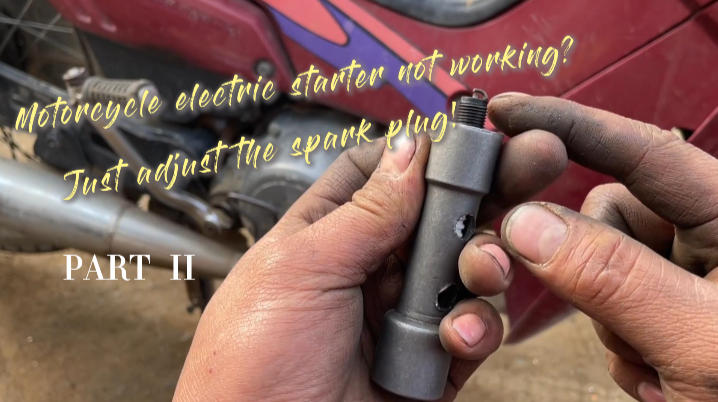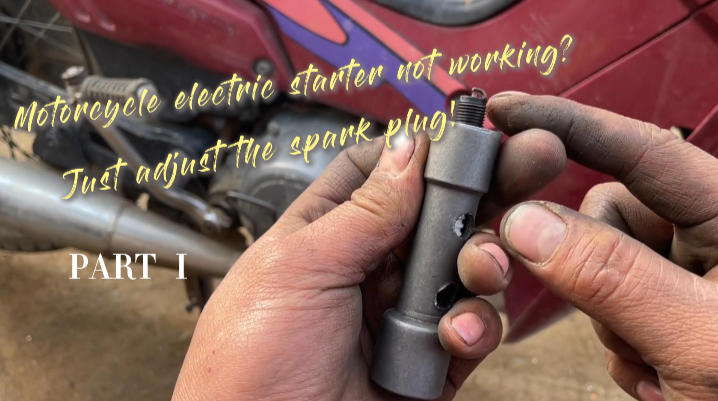Characteristics of Jetski
-
4
-
2025-11-13 10:39:54
Characteristics of Jetski
Jetski is a type of vessel that uses the principle of jet propulsion to move forward. The following are the characteristics of jet ships:
No need for propellers: It doesn't rely on the exposed propellers at the bottom of the boat to spin and push water, but rather works like a "water gun" to suck in water and spray it out at high speed from the tail, using the water's reaction force to push the boat away.
Can walk in shallow water areas: Because there are no leaking propellers, even if the water is very shallow, there is no fear of scratching the stones and sand at the bottom of the water. It is particularly safe to drive in places such as small rivers and shallow waters.
Extremely flexible handling: fast acceleration, agile turns, able to turn freely like a water motorcycle, shuttle through narrow waterways or turbulent rivers, and even perform stunt actions.
High safety: There are no exposed propellers, which prevent accidental injury to people, swimmers, or small fish and shrimp in the water, and the flexible control also makes it less likely to collide with objects.
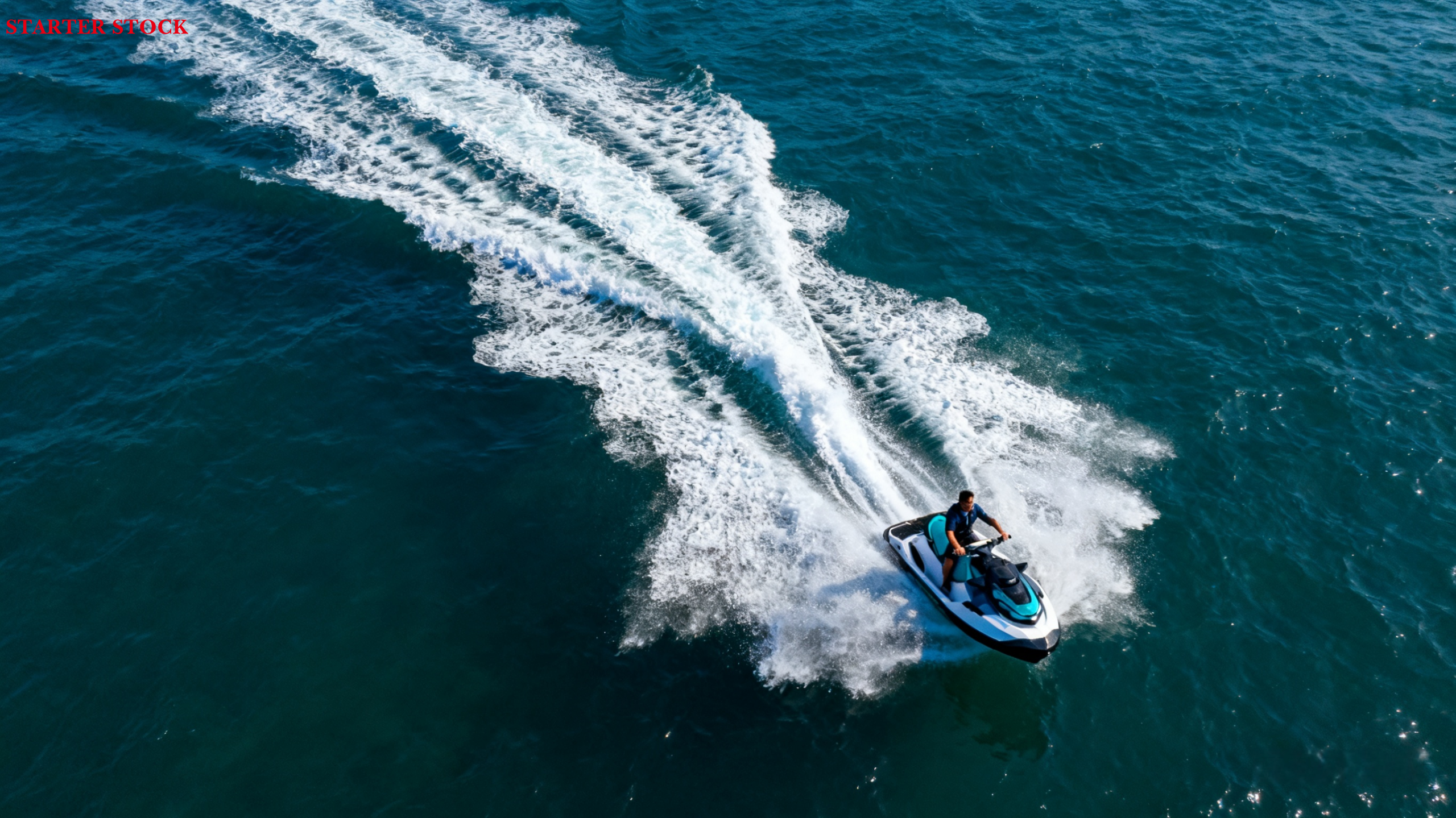
The Difference Between Jetski and Regular Ships
Promotion method (core difference)
jetski do not have leaky propellers, they are more like being equipped with a "high-pressure water gun" that sucks in water and sprays it out at high speed from the tail, using the reverse force of the water flow to push the boat. Ordinary ships are different, with a large propeller exposed at the bottom, like an "underwater electric fan", which propels the ship forward by stirring the water with the propeller.
Shallow water driving capability
jetski, without propellers, are particularly safe to operate in shallow waters. You don't have to worry about scraping stones or sand from the bottom of the water. You can easily go to places such as small rivers and shallow waters. Ordinary ships are very limited, and their propellers are easily scratched by underwater obstacles, so they are generally afraid to sail boldly in shallow waters.
Flexibility in handling
jetski are particularly agile, accelerating quickly and turning fiercely. They can turn freely like a water motorcycle and even perform stunts, shuttling through narrow waterways without any pressure. Ordinary ships are relatively bulky, requiring slow adjustments for turning and changing direction, making it impossible to perform those agile movements.
Safety (for aquatic organisms/humans)
jetski have higher safety as they do not have exposed propellers, which prevent accidental injury to swimmers or fish and shrimp in the water. The propellers of ordinary ships rotate at high speed, and if they come into contact with people or creatures in the water, it can easily cause injury and pose a significant risk.
Suitable scenarios
jetski are more suitable for leisure and entertainment, such as water play, stunt performances, or doing some light work in shallow waters. Ordinary ships tend to be more practical, such as cargo transportation, fishing, long-distance voyages, and daily water commuting, which are basically the work of ordinary ships.
Simply put, a jetski is a "water agile sports car" that focuses on being lightweight and fun; Ordinary boats are "water trucks/buses" that focus on stability and practicality.
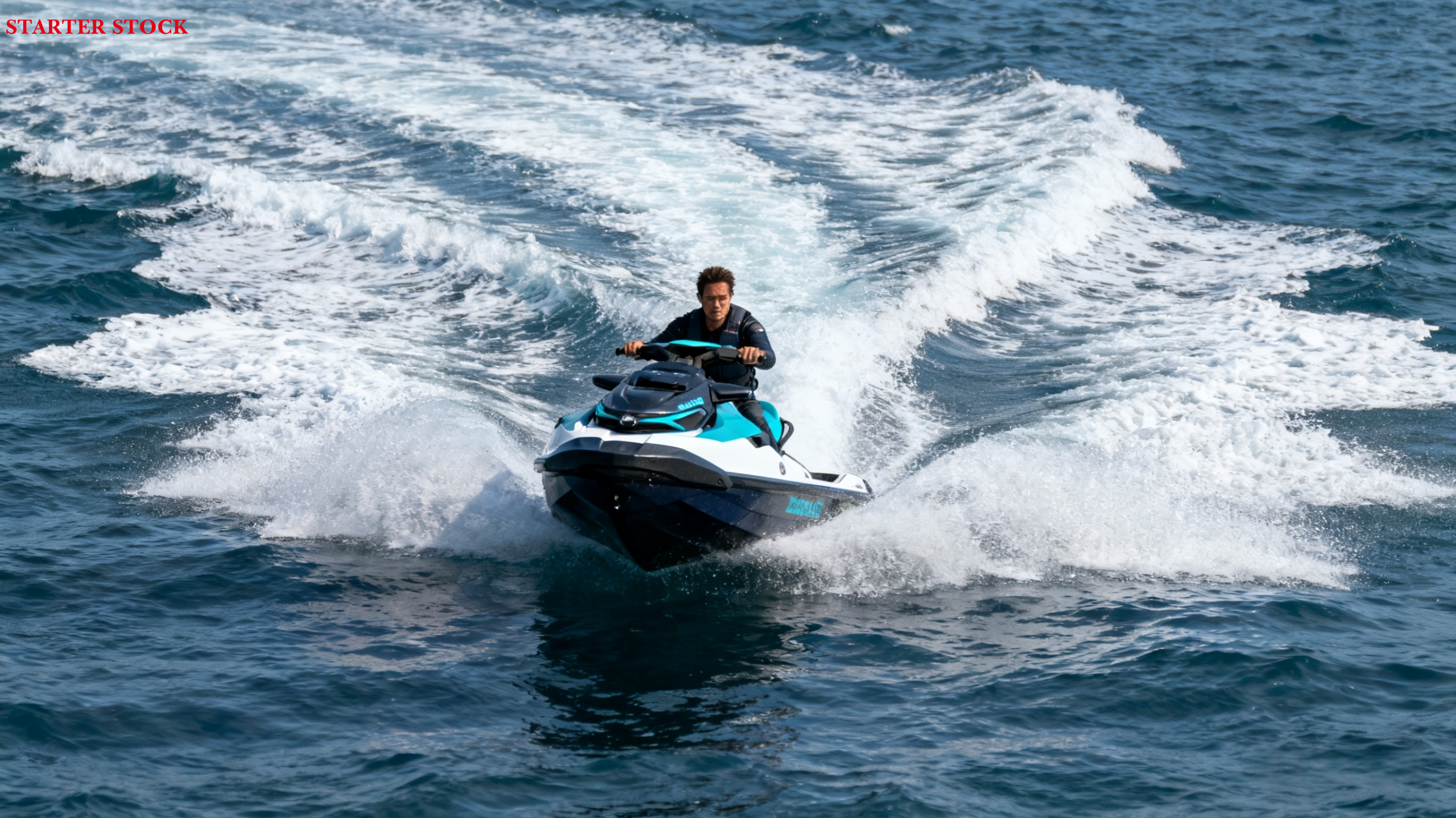
Jetski Motor vs. Car Motor
The job responsibilities are different
jetski motor: the "main force" that works throughout the entire process, it has to constantly drive the water pump to suck and spray water in order to keep the boat moving. It is the "power heart" of the boat.
Car motor: Just do the job of a "temporary worker", only move it once when you turn the key (or press the start button), pull the car engine to start, and it will stop when the engine starts.
The working principle is different
jetski motor: either burning gasoline (like a car engine) or using electricity, the core is to drive a large water pump to pressurize and spray water out.
Car motor: It is a small DC motor that is powered by the car battery. When it rotates, it locks the gear onto the large flywheel of the engine and pulls the flywheel to start the engine.
Different requirements
jetski motor: It needs to be powerful (high power, sufficient torque) to push the boat in the water, and it also needs to be waterproof and rust proof (after all, it is submerged in or close to water).
Car motor: It doesn't require long-term output, as long as it can instantly pull the engine with strength. It also needs to be resistant to freezing and sun exposure, and can be started with just one press regardless of winter or summer.
Appearance and installation are different
jetski motor: It is not small in size and needs to be tightly connected to the water spray system on board to work together.
Car motor: Small and compact in size, just plug it into a small space next to the engine, just enough to touch the flywheel of the engine.
If you have any content about jetski that you would like to discuss with us, please feel free to leave a comment in the comment section below:)
-
Oil Pump JR-B18-1 16700-K20-903 For Z00MER

-
Oil Pump JR-B18 16700-KVG-41 For AIR BLADE
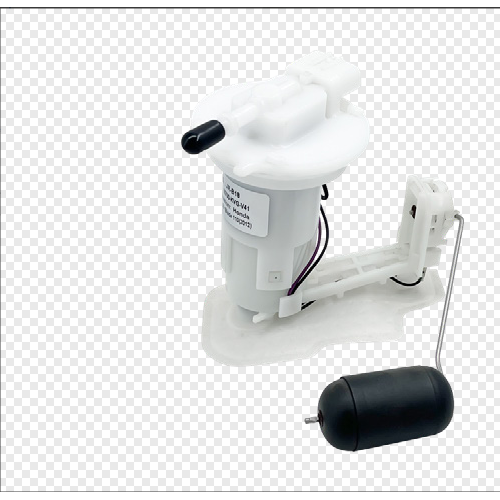
-
Oil Pump JR-B113 16700-HR3-A21 For Fou rTrax Rancher
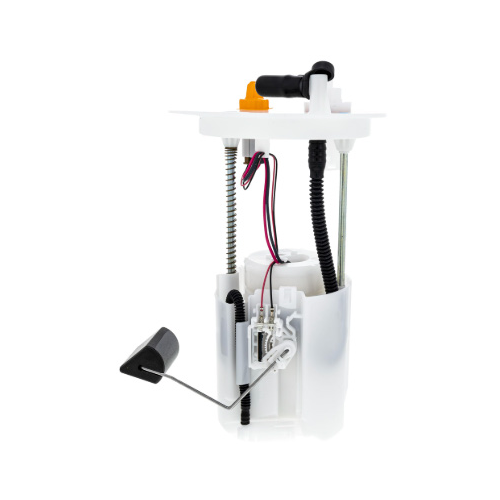
-
Oil Pump JR-B112-1 275500734 For GT1 130/155 2011-2012
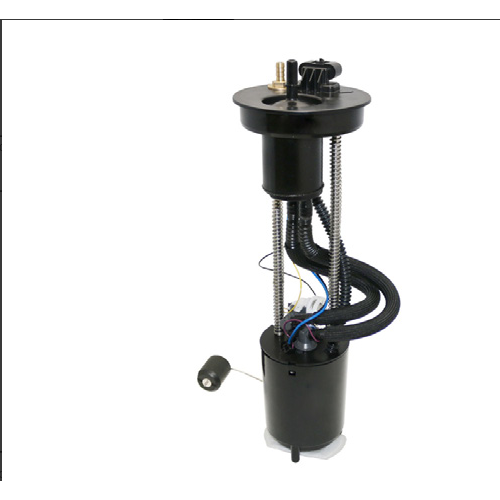
-
Oil Pump JR-B112 47-1027 For MAVERICKX
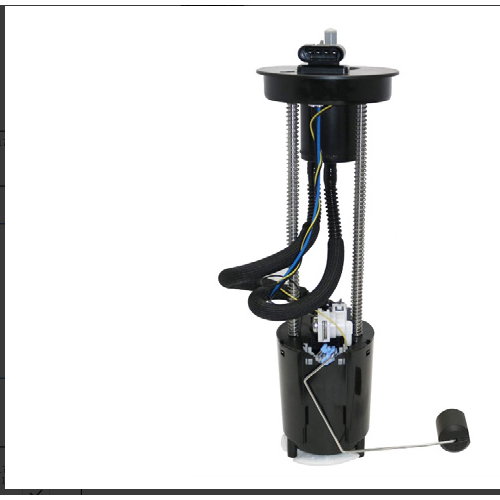
-
Oil Pump JR-B110 47-1050 For OUTLANDER
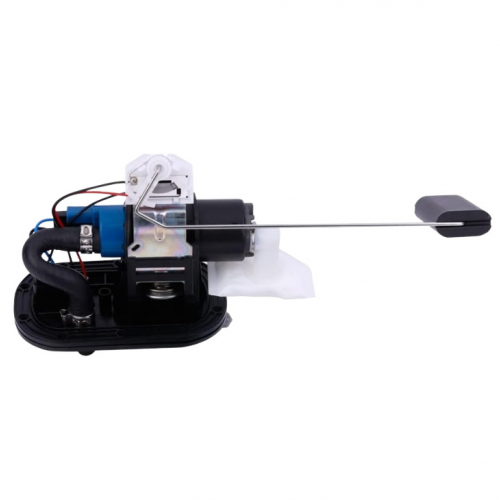
-
Oil Pump JR-B109 709000758 For OUTLANDER
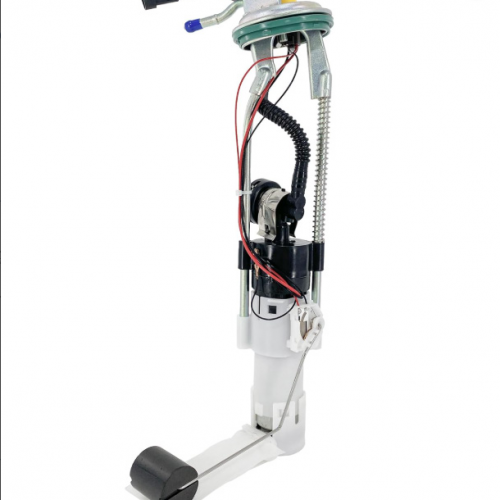
-
Oil Pump JR-B108-1 2204308 For SPORTSMAN
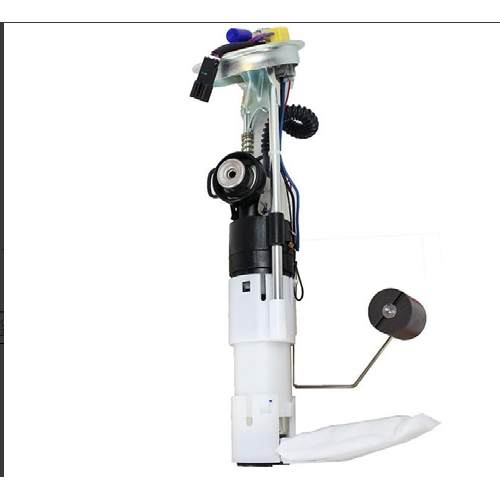
-
Oil Pump JR-B108 47-1014 For SPORTSMAN
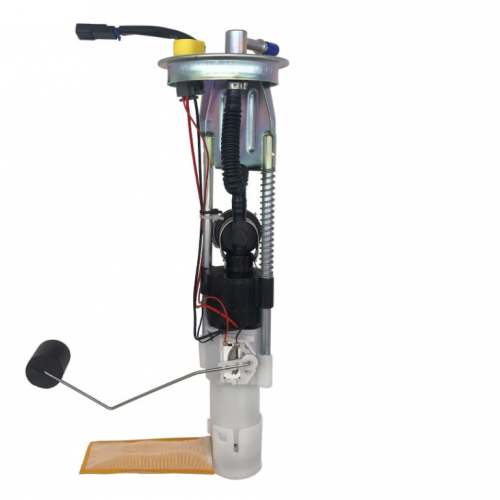
-
Oil Pump JR-B98-1 47-1012 For RANGER



